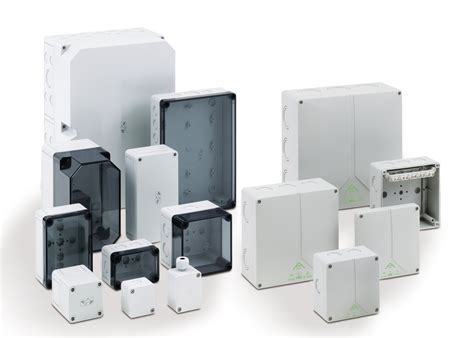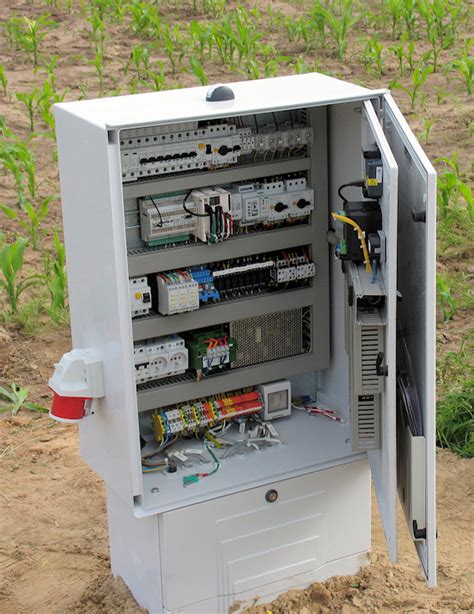electrical enclosure vertical opening They are basically enclosures with pre-cut standard 22.5mm or 30.5mm openings that allow easy mounting of pushbuttons, switches, indicators and other pilot devices. Models with blank . Find many great new & used options and get the best deals for Wilder Workhorse Model 1624 Sheet Metal Slitter 16 Gauge Capacity With Stand at the best online prices at eBay! Free shipping for many products!
0 · wire through enclosures
1 · types of electrical enclosures
2 · industrial electrical enclosures
3 · industrial electrical enclosure requirements
4 · industrial appication electrical enclosure
5 · electrical enclosure wiring diagram
6 · electrical enclosure design
7 · 2 story vertical enclosure
16PCS Wide L Brackets Heavy Duty 2.5x2.5 Inch Metal Corner Brace 90 Degree Right Angle Joint Fastener Black L Bracket for Wood Furniture Table Shelf Board Cabinet Bedframe Wall
This article discusses the types of permissible vertical openings according to NFPA standards.

They are basically enclosures with pre-cut standard 22.5mm or 30.5mm openings that allow easy mounting of pushbuttons, switches, indicators and other pilot devices. Models with blank .Electrical installations in hollow spaces, vertical shafts and ventilation or air-handling ducts shall be made so that the possible spread of fire or products of combustion will not be substantially increased.
In addition to the dimensions shown in Table K-1, workspace shall not be less than 30 inches (762 mm) wide in front of the electric equipment. Distances shall be measured from the live parts if .
These vertical openings can be for pipes, conduits, and cables, shafts for elevators, an atrium or mezzanine, stairs, or an escalator. All of these NFPA permissible vertical openings must be protected correctly to minimize . shafts of any kind, including stairs, elevators, ductwork, and electrical wiring and piping chases, must be enclosed with fire-rated walls with self-closing fire-rated doors at each floor. The only exception to the enclosure .The use of a shaft enclosure to protect vertical openings is a time-honored method recognizing that the fire-resistance-rated enclosure of a floor opening provides a near equivalency to a .
NEC Code section 300.25, General Requirements for Wiring Methods and Materials is new for the 2020 Code cycle. This section regulates wiring located in Vertical Exit Enclosures, also known as stair towers. Today’s post offers a comprehensive guide to electrical enclosures, including the various types, the significance of enclosure ratings and construction materials, and how to choose the proper electrical cabinets or . How does one make a vertical opening—a hole—in a single floor, or through multiple floors, while still being in compliance with the 2024 International Building Code (IBC)? .
This article discusses the types of permissible vertical openings according to NFPA standards.They are basically enclosures with pre-cut standard 22.5mm or 30.5mm openings that allow easy mounting of pushbuttons, switches, indicators and other pilot devices. Models with blank covers that allow users to determine their preferred configu ation are also available.Electrical installations in hollow spaces, vertical shafts and ventilation or air-handling ducts shall be made so that the possible spread of fire or products of combustion will not be substantially increased.In addition to the dimensions shown in Table K-1, workspace shall not be less than 30 inches (762 mm) wide in front of the electric equipment. Distances shall be measured from the live parts if they are exposed, or from the enclosure front or opening if the live parts are enclosed.
These vertical openings can be for pipes, conduits, and cables, shafts for elevators, an atrium or mezzanine, stairs, or an escalator. All of these NFPA permissible vertical openings must be protected correctly to minimize the spread of fire or smoke to other floors. shafts of any kind, including stairs, elevators, ductwork, and electrical wiring and piping chases, must be enclosed with fire-rated walls with self-closing fire-rated doors at each floor. The only exception to the enclosure requirement for vertical shafts is a .
wire through enclosures
The use of a shaft enclosure to protect vertical openings is a time-honored method recognizing that the fire-resistance-rated enclosure of a floor opening provides a near equivalency to a floor with no openings. NEC Code section 300.25, General Requirements for Wiring Methods and Materials is new for the 2020 Code cycle. This section regulates wiring located in Vertical Exit Enclosures, also known as stair towers. Today’s post offers a comprehensive guide to electrical enclosures, including the various types, the significance of enclosure ratings and construction materials, and how to choose the proper electrical cabinets or enclosures for different industrial applications. How does one make a vertical opening—a hole—in a single floor, or through multiple floors, while still being in compliance with the 2024 International Building Code (IBC)? This question is quite important, since architects like making holes in buildings.
carnaud metal box companies house
This article discusses the types of permissible vertical openings according to NFPA standards.They are basically enclosures with pre-cut standard 22.5mm or 30.5mm openings that allow easy mounting of pushbuttons, switches, indicators and other pilot devices. Models with blank covers that allow users to determine their preferred configu ation are also available.
Electrical installations in hollow spaces, vertical shafts and ventilation or air-handling ducts shall be made so that the possible spread of fire or products of combustion will not be substantially increased.
carnaud metal box jobs
types of electrical enclosures
In addition to the dimensions shown in Table K-1, workspace shall not be less than 30 inches (762 mm) wide in front of the electric equipment. Distances shall be measured from the live parts if they are exposed, or from the enclosure front or opening if the live parts are enclosed. These vertical openings can be for pipes, conduits, and cables, shafts for elevators, an atrium or mezzanine, stairs, or an escalator. All of these NFPA permissible vertical openings must be protected correctly to minimize the spread of fire or smoke to other floors. shafts of any kind, including stairs, elevators, ductwork, and electrical wiring and piping chases, must be enclosed with fire-rated walls with self-closing fire-rated doors at each floor. The only exception to the enclosure requirement for vertical shafts is a .

The use of a shaft enclosure to protect vertical openings is a time-honored method recognizing that the fire-resistance-rated enclosure of a floor opening provides a near equivalency to a floor with no openings.
NEC Code section 300.25, General Requirements for Wiring Methods and Materials is new for the 2020 Code cycle. This section regulates wiring located in Vertical Exit Enclosures, also known as stair towers. Today’s post offers a comprehensive guide to electrical enclosures, including the various types, the significance of enclosure ratings and construction materials, and how to choose the proper electrical cabinets or enclosures for different industrial applications.
industrial electrical enclosures

We pledge to bring the same high level of quality, service and professionalism to our Testing, Adjusting and Balancing (TAB) work that you have come to expect from us in our HVAC and sheet metal specialties.
electrical enclosure vertical opening|electrical enclosure design